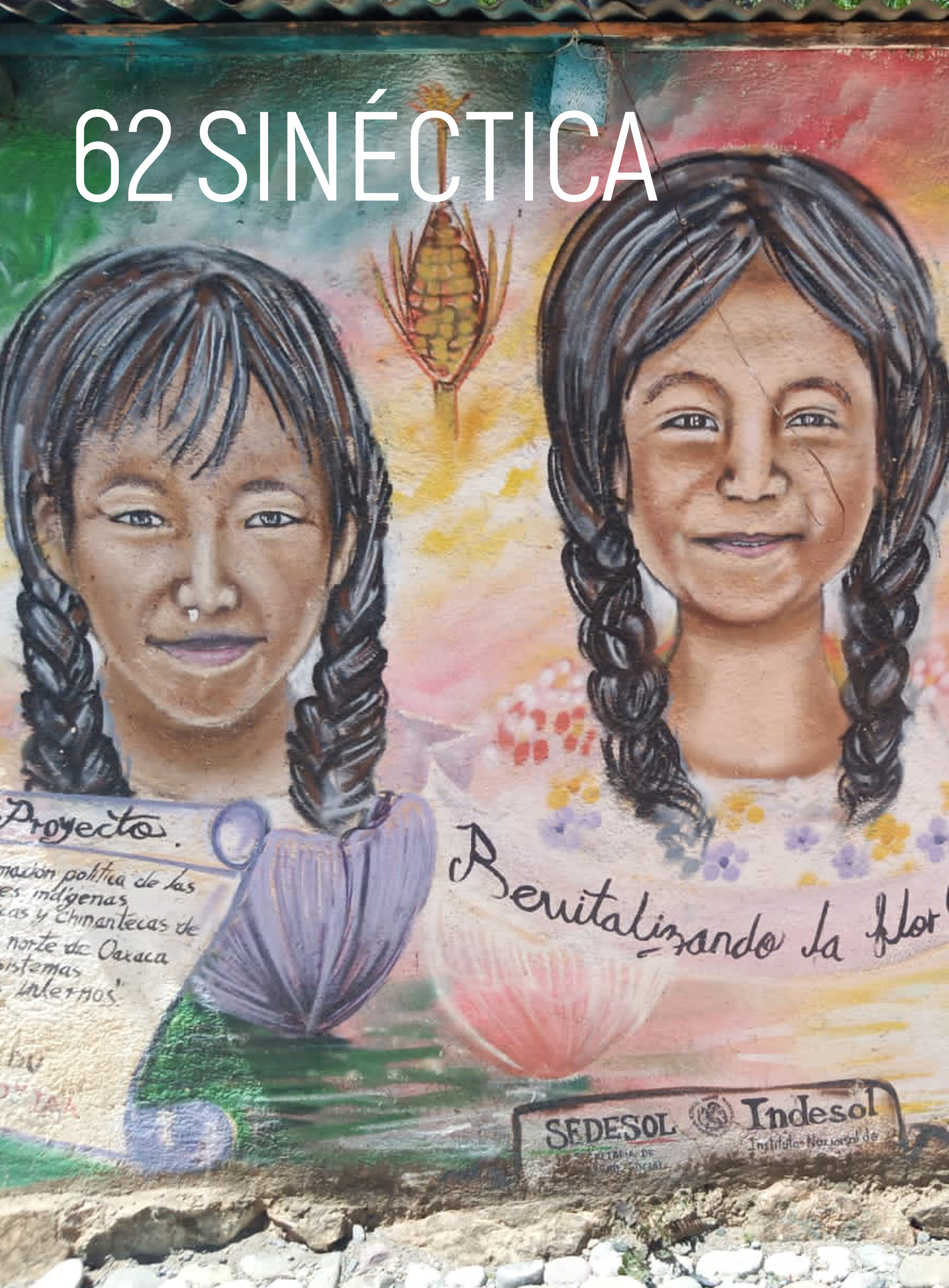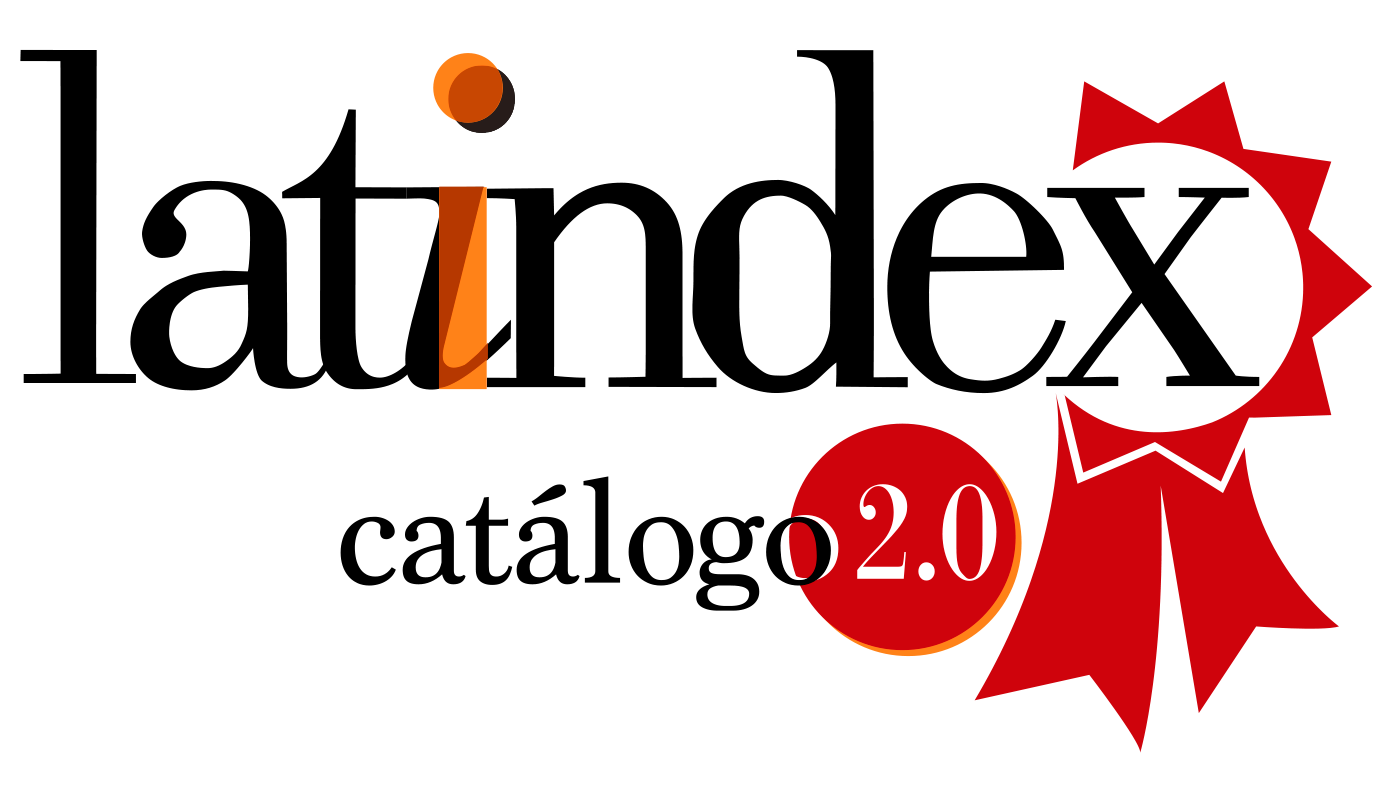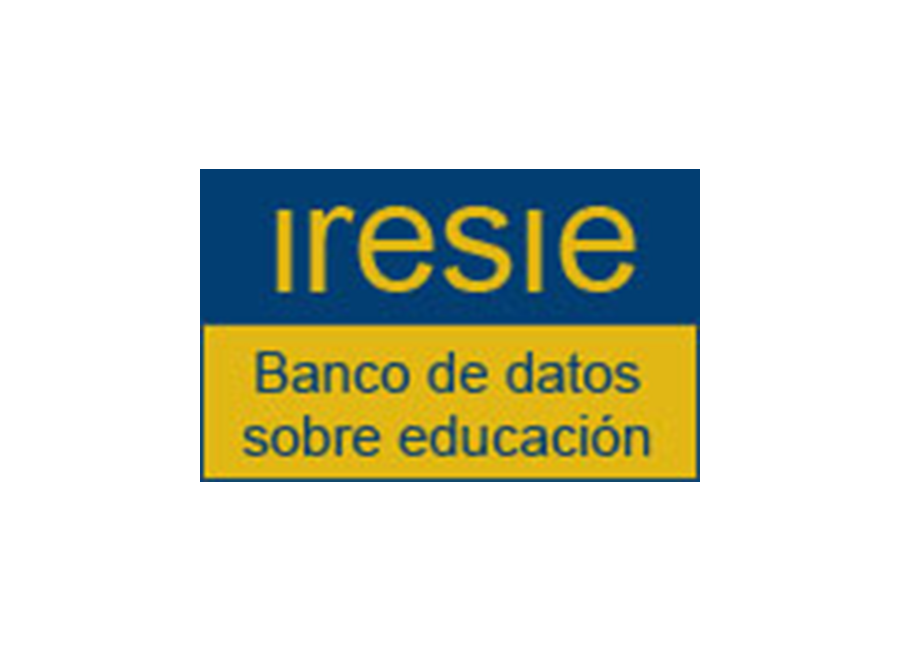The triangle "L" in México: Reading, literature and literacy
DOI:
https://doi.org/10.31391/S2007-7033(2021)0056-015Keywords:
reading, literature, literacy, education, MexicoAbstract
The objective of this article is to propose an articulation of 3 concepts that have been in educational discourse over the years: reading, literature and literacy. It is proposed to start from the concept of literary reading as a pretext for the development of literacy through the intervention in groups of students of basic education (primary, secondary and high school) working with picture books in a contrast proposal between different educational levels. We show partial results of this experience and new approaches to reading and literature are proposed in the dialogue with literacy based on the chronological age, the reading stage and the emotional moment of each student.
Downloads
References
Cassany, D. (2006). Tras las líneas. Sobre la lectura contemporánea. Barcelona: Anagrama.
Cassany, D. y Castellà, J. M. (2010). Aproximaciones a la literacidad crítica. Barcelona: Perspectiva.
Cerrillo, P. (2013). Sobre lectura, literatura y educación. México: Porrúa.
Cerrillo, P. (2007). Literatura Infantil y Juvenil y educación literaria. Hacia una nueva enseñanza de la literatura. Barcelona: Octaedro.
Colomer, T. (2005). Andar entre libros. La lectura literaria en la escuela, México: FCE.
Diario Oficial de la Federación (2019). Decreto por el que se reforman, adicionan y derogan diversas disposiciones de los artículos 3o., 31 y 73. Recuperado de https://www.dof.gob.mx/nota_detalle.php?codigo=5560457&fecha=15/05/2019
Freire, P. (2001). Pedagogía de la indignación. Madrid: Morata.
Gee, J. P. (2004). Oralidad y literacidad: de El pensamiento salvaje a Ways with Words. En V. Zavala, M. Niño-Murcia y P. Ames (eds.). Escritura y sociedad. Nuevas perspectivas teóricas y etnográficas. Perú: Pontificia Universidad Católica del Perú. Recuperado de https://www.estudiosdelaescritura.org/uploads/4/7/8/1/47810247/zavala_et_al_2004_escritura_y_sociedad.nuevas_perspectivas.pdf
INEE (2010). México en PISA 2009. Recuperado de https://www.inee.edu.mx/wp-content/uploads/2018/12/Mexico-Pisa-2009-completo.pdf
Jover, G. y Linares, R. (2010). Conversar sobre libros también en las aulas. Libro Abierto, núm. 40. Recuperado de http://www.juntadeandalucia.es/educacion/webportal/sv/web/portal-libro-abierto/fomento-a-la-lectura/-/noticia/detalle/conversar-sobre-libros-tambien-en-las-aulas
Lankshear, C. y Knobel, M. (2008). Nuevos alfabetismos. Su práctica y el aprendizaje en el aula. Barcelona: Morata.
Larrosa, J. (2007) La experiencia de la lectura. Estudios sobre literatura y formación. México: FCE.
Lluch, G. (2010). Cómo seleccionar libros para niños y jóvenes. Gijón: Trea.
OCDE (2017). Marco de evaluación y de análisis de PISA para el desarrollo: lectura, matemáticas y ciencias, versión preliminar. París: OECD Publishing. Recuperado de https://www.oecd.org/pisa/aboutpisa/ebook%20-%20PISA-D%20Framework_PRELIMINARY%20version_SPANISH.pdf
Unesco (2013). Alfabetización y educación: lecciones desde la práctica innovadora en América Latina y el Caribe. Santiago de Chile: OREAL/Unesco.
Unesco (2006). La alfabetización, un factor vital [Literacy for Life]. París. Recuperado de https://unesdoc.unesco.org/ark:/48223/pf0000144270_spa
Pennac, D. (2000). Como una novela. México: Norma.
Rodari, G. (1997). Un juguete llamado libro. Cuadernos de Pedagogía, núm. 36, pp. 28-31.
SEP (2019). La nueva escuela mexicana. México: Subsecretaría de Educación Media Superior. Recuperado de http://www.nuevaescuelamexicana.mx/que-es-la-nueva-escuela-mexicana-nem/
Teberosky, A. (2000). Más allá de la alfabetización. México: Santillana.
Downloads
Published
Issue
Section
License
Copyright (c) 2021 Sinéctica

This work is licensed under a Creative Commons Attribution-NonCommercial 4.0 International License.
This work is licensed under a Creative Commons Attribution-NonCommercial 4.0 International license.
Authors who publish in Sinéctica agree to the following terms:
The authors retain copyright and grant the journal the right of first publication of the authorized work simultaneously under a Creative Commons Attribution License, which allows others to share the work as long as both the authorship of the work and the initial publication in this journal are acknowledged.
Authors may enter into additional separate contractual agreements for non-exclusive distribution of the published version of the journal (e.g., publishing in an institutional repository or a book), with acknowledgement of initial publication in this journal.
Authors are allowed to publish their work in institutional repositories or on their own website before and during the submission process, as it may generate productive exchanges, as well as earlier and greater citation of the published work.
Explanatory note: As of 2017 Sinéctica is governed by the Creative Commons Attribution Non-Commercial 3.0 International License, a version that standardizes licenses internationally.
Articles published between 1992 and 2016 are covered by a Creative Commons Attribution-NonCommercial-NoDerivatives 4.0 International license, which allows a work to be shared and distributed non-commercially and with acknowledgement of the author, but prohibits modification of the original creation.






















